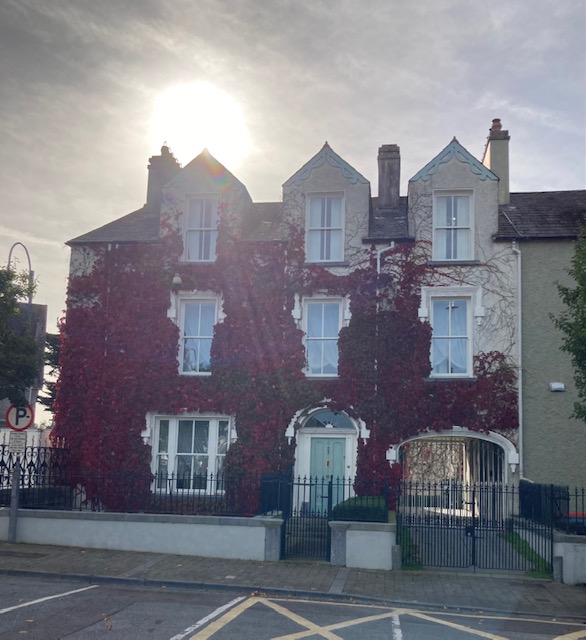
In Listowel Square in October 2023
<<<<<<<<<
A Holy Souls’ Tradition
Story and image from John Headen and shared on Folklore.ie by Michael Fortune
Here is an amazing image and story sent to me by a friend up in Loais called John Headen. It perfectly captures the customs around All Souls Night and remembering the dead.
In John’s words:
“Every year on All-Souls Eve before going to bed, my father would set the kitchen table with glasses of water, a pack of cards, a box of matches and one bottle of porter. In the morning when we would come down, he would explain to us the the Holy Souls who had died in the previous year and who we had known as children had come back to visit and play a game of cards. The glasses of water would be empty, cards scattered around the table, evidence of somebody reneging the ace of hearts, and the bottle of porter empty. My father would name what deceased had drank the porter and started the row, saying, he won’t get any next year. It was a simple little fun thing to keep us children in touch with those who had gone.”
Pure gold.
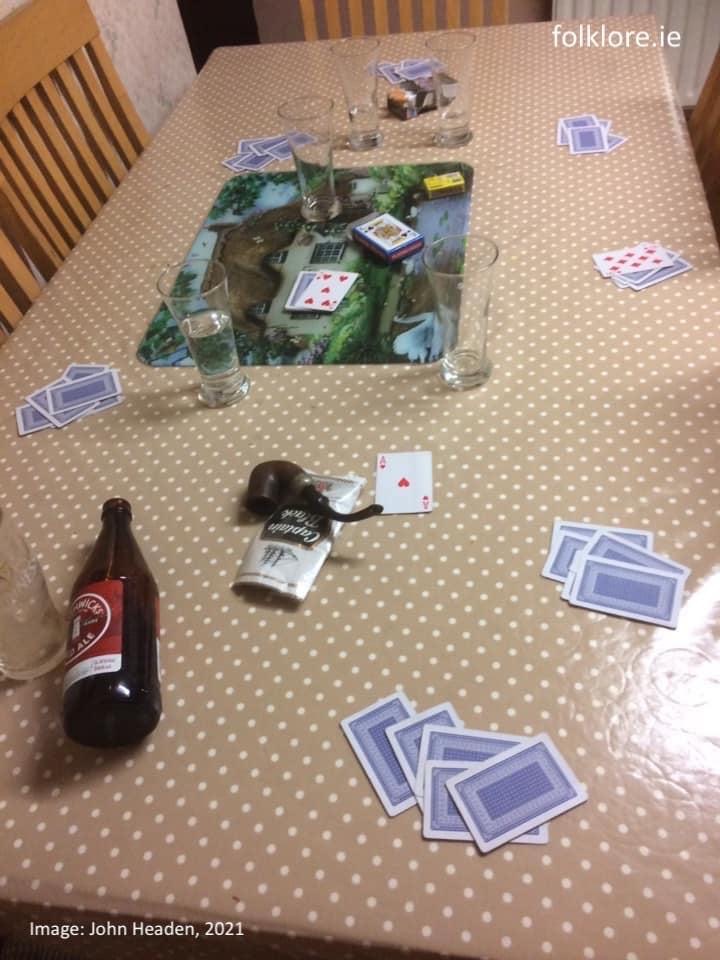
<<<<<<<<<<<
A Rare Book
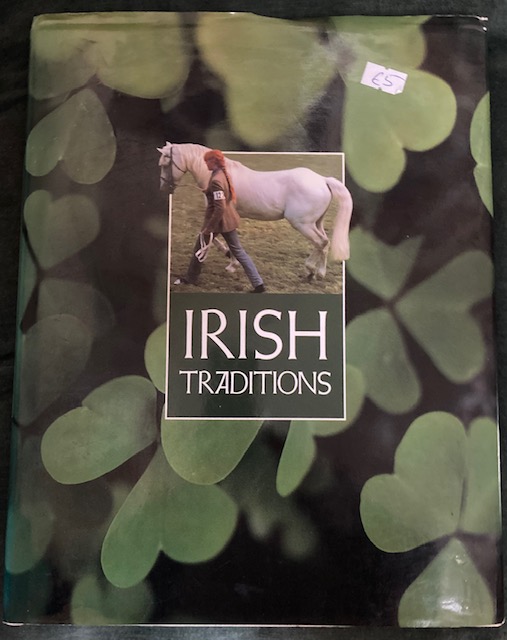
My 1985 US published anthology of Irish essays and photos.
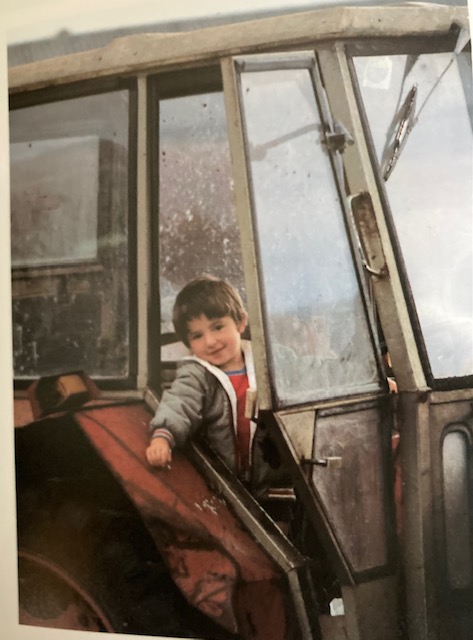
Who is this lovely boyeen photographed in Listowel in 1985?
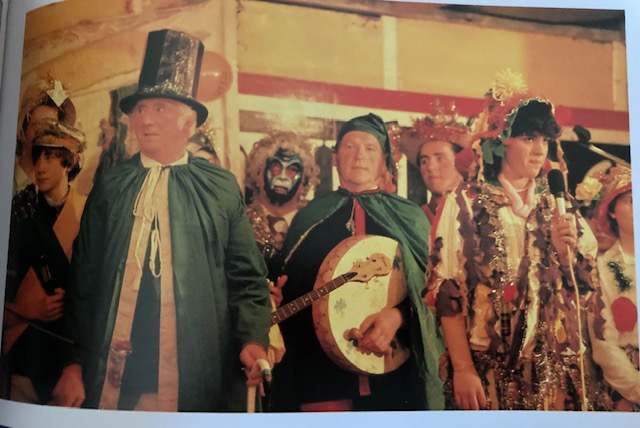
Wren boys
<<<<<<<<
Nursing Statistics
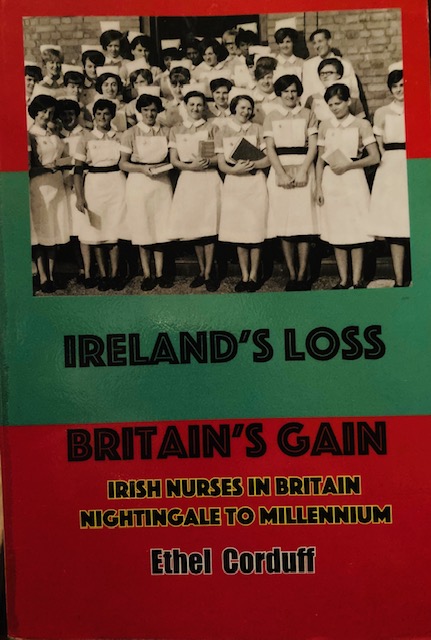
In 1948 the NHS took over the running of British hospitals. Then began a huge recruitment drive. London hospitals advertised in Irish papers.
In a 1947 report 12% of nurses in British hospitals were born in Ireland.
A second tier of nurses was set up to fill the gap in numbers. These were State Enrolled Nurses and had only 2 years training before registration. This option appealed to many Irish girls who wanted to get their qualification and come home.
In 1966 5% of nursing students in Britain were Irish.
Whittington Hospital had the highest number of Irish trainee nurses, 40% in the 1970s. The hospital was located in an area with a large Irish population. The hospital advertised in the Irish press.
<<<<<<<
End of the Rutting Season
Jim McSweeney has packed up his cameras and his camouflage for another year. Here are some of his photos from The National Park in 2023.
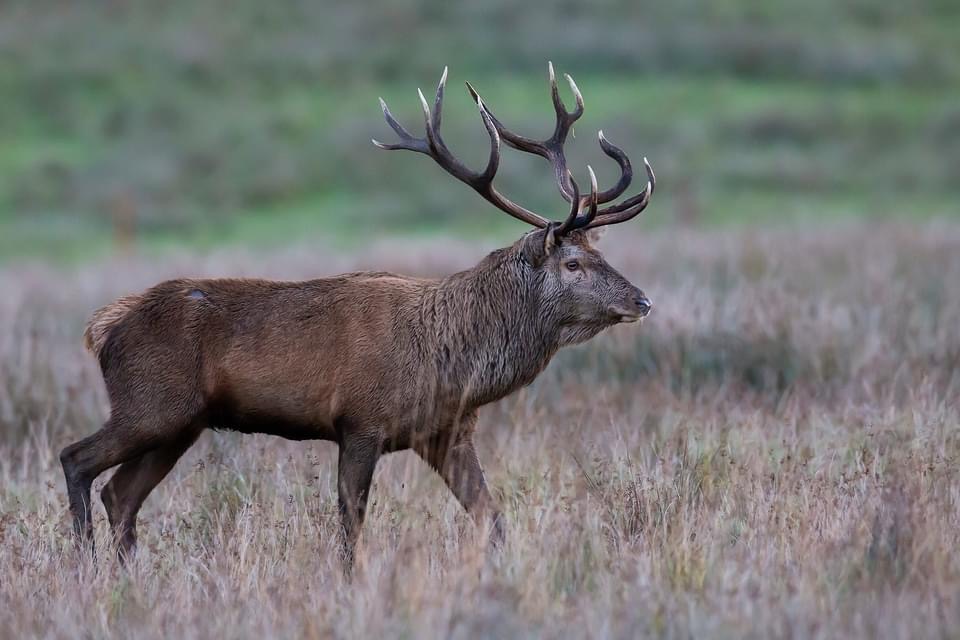
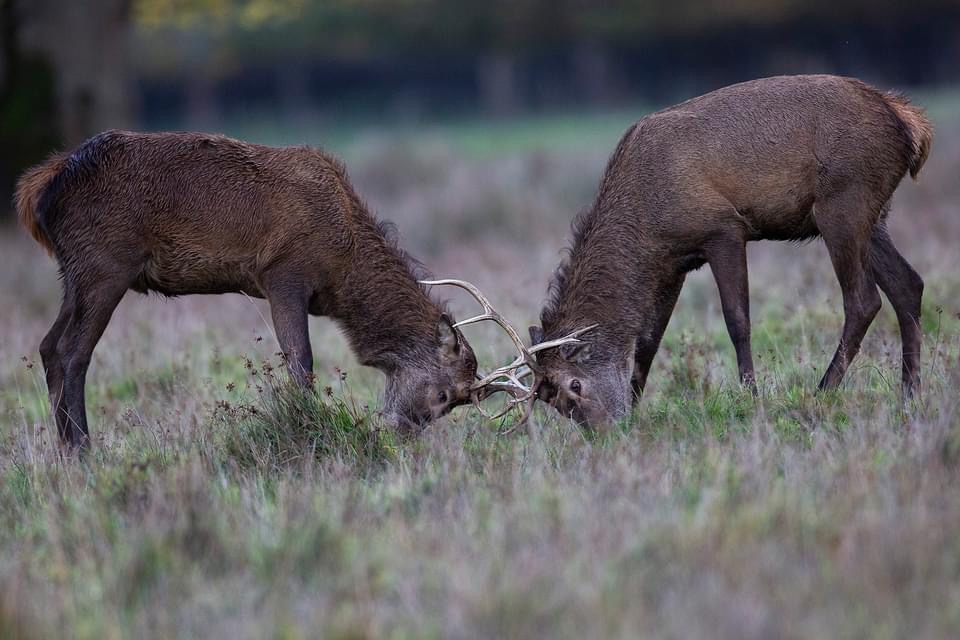
Two young bucks throwing a few shapes.
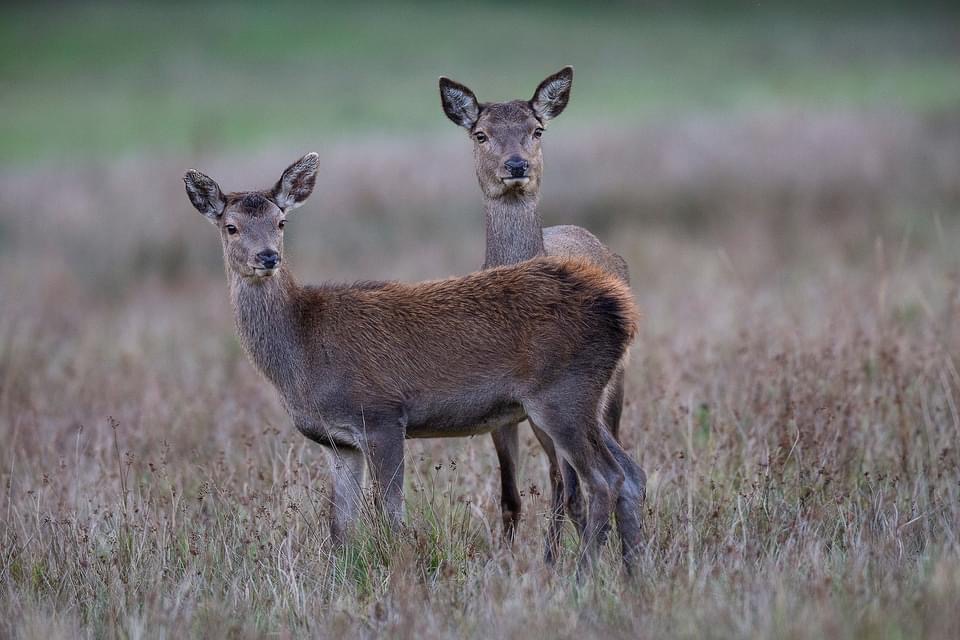
The children are watching
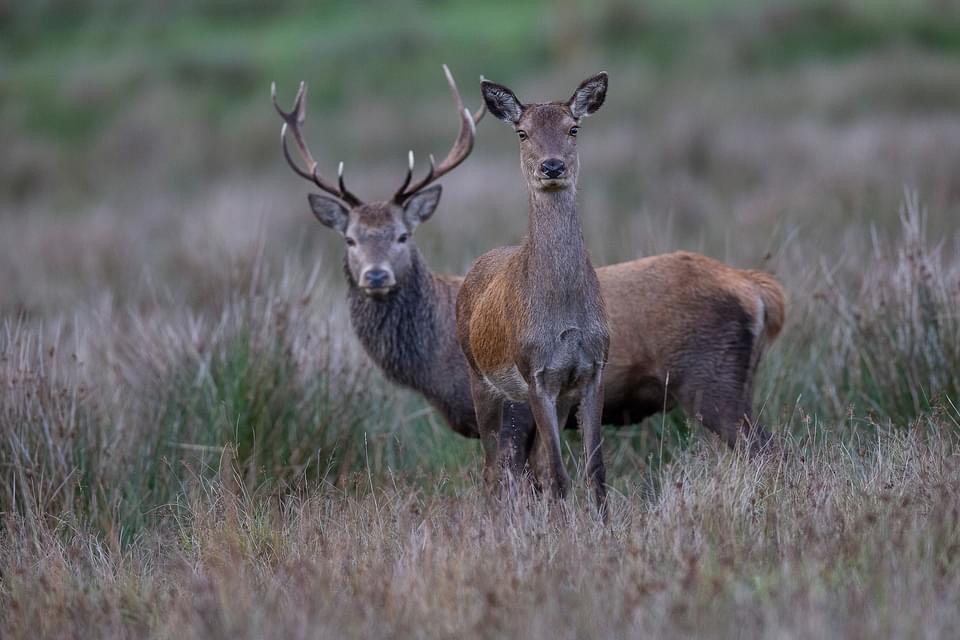
Himself and the missus
<<<<<<<<<
A Fact
In Europe, Ireland is the only country other than Britain where English is the most used daily language.
>>>>>>>>>>>>>>
Yet another Correction; (Lads, if this continues I’ll have to pack in these daily facts, which are sadly proving not to be facts at all.)
The correction this time comes from our new friend, Mick O’Callaghan.
“Cats and dogs” may come from the Greek expression cata doxa, which means “contrary to experience or belief.” If it is raining cats and dogs, it is raining unusually or unbelievably hard. “Cats and dogs” may be a perversion of the now obsolete word catadupe. In old English, catadupe meant a cataract or waterfall.
<<<<<<<<

















